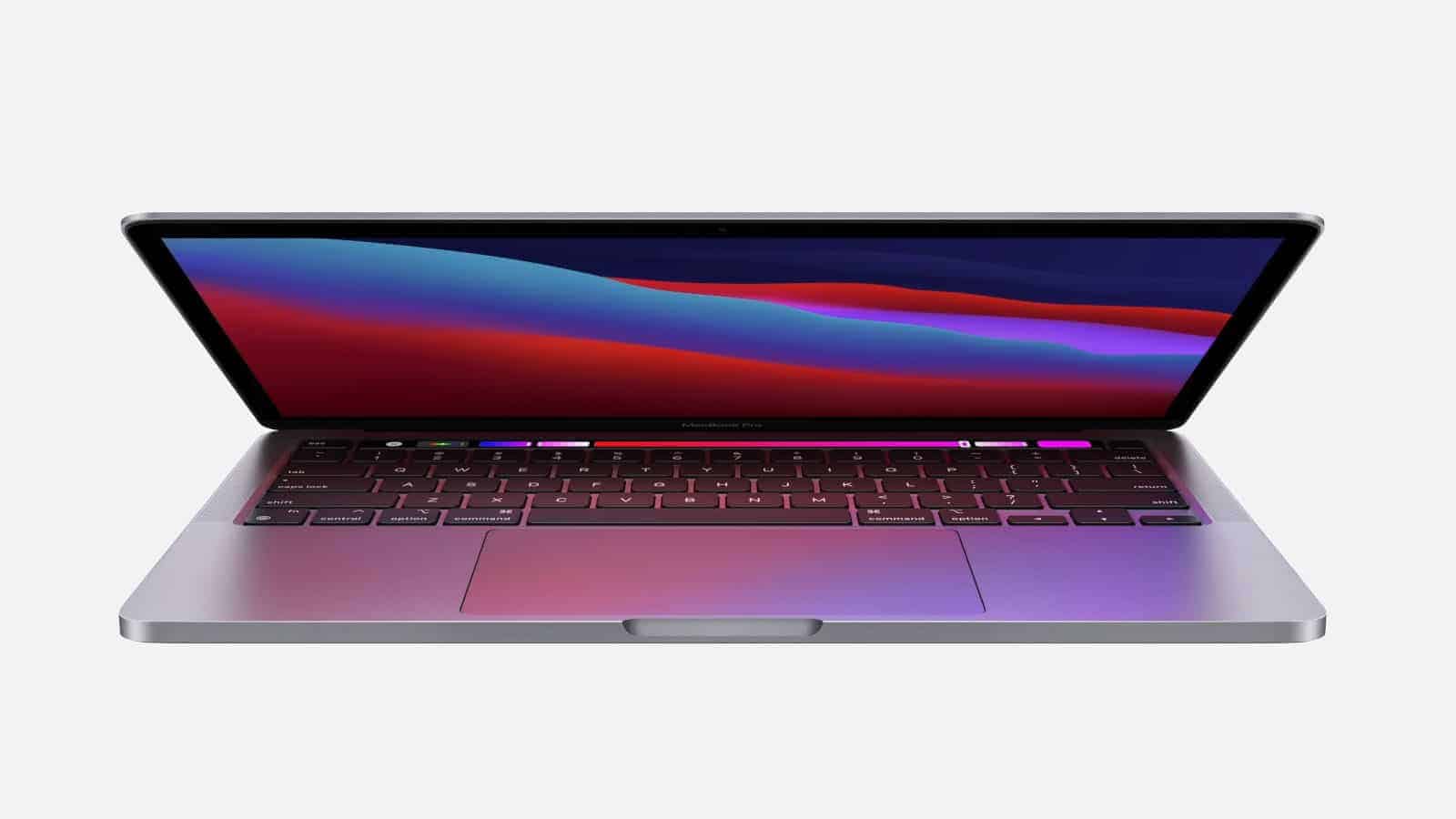
Rosetta 2 is a very capable translator, and the incredible performance of the M1 chip means you probably won't notice when an app is being translated. It's something early M1 adopters should consider as Apple says the transition from Intel to ARM will take two years to complete.ĭoes any of this really matter? Well, it depends. As it stands, the vast majority of apps require the Rosetta 2 emulator. The downside? Emulation generally results in a hit to performance. The upside? This process is automatic, meaning all the apps you've been using still work on the new MacBook Air. You can still run non-native Intel apps but they are fed through a translator called Rosetta 2. Because the M1 uses a different architecture (arm64) from Intel (x86-64), apps need to be optimized by developers for ARM. The chip uses a unified memory architecture (UMA), meaning (non-expandable) RAM is shared between the GPU and CPU.Īs you'll see below, shifting to an ARM-based chip paid off in a big way for Apple. The former is used for computationally intensive apps whereas the latter uses one-tenth as much power to preserve battery life while running lightweight tasks. The M1, Apple's first SoC for laptops, is an eight-core chip divided into four performance and four efficiency cores. When I tried the same workload on Safari, which runs natively, everything loaded instantly - photos, graphics and text blinked onto the screen the moment I pressed Return.īefore I get into the benchmark numbers, let's talk about the new chip. I did notice some sluggishness with certain tabs that I don't usually encounter on my Dell XPS 15. The M1 chip scoffed when I loaded 25 tabs on Google Chrome (running on Rosetta 2), four of which played YouTube videos while another pair streamed on Twitch. My experience using the MacBook Air for my rigorous day-to-day workload was generally positive. The keys are a good size, even for those with larger hands, and the appropriate spacing meant there was no learning curve to getting started - I was tapping out words from the moment I booted the laptop. Although shallow, the keys are clicky and require just the right amount of force to actuate. The Magic Keyboard on the MacBook Air is comfortable to type on. Magic made the Butterfly extinct and the world of MacBooks is better for it. While the most colorful, the Surface Laptop 3 (348 nits) was the dimmest of the bunch, and, like the new MacBook Air, fell short of the premium laptop average (386 nits). That said, the previous model was even more luminous, hitting 386 nits, while the XPS 13 (469 nits) was blinding in comparison. Reaching 366 nits of brightness, the MacBook Air is visible outdoors on a bright day. The new MacBook Air would have squeaked out a win if not for the gorgeous panel on the Surface Laptop 3 (85.9%), which topped the category average (80.8%). The older model was slightly less colorful, at 80%, while the XPS 13 (69.4%) wasn't nearly as vivid. We measured the display with a colorimeter and found that the panel covers 80.9% of the DCI-P3 color gamut, a standard used for film and TV. The small squircle-shaped key acts as a power button. Returning to the MacBook Air is Touch ID, located on the top-right corner of the keyboard, above Delete and next to the volume-up key. As it stands, the MacBook Air, at 12 x 8.4 x 0.6 inches and 2.8 pounds, is larger than the Dell XPS 13 (11.6 x 7.8 x 0.6 inches, 2.8 pounds), but more compact than the 13.5-inch Microsoft Surface Laptop 3 (12.1 x 8.8 x 0.6 inches, 2.9 pounds).

I hope the next version takes after the Dell XPS 13 and trims the bezels down further to allow for an even smaller footprint. While the design is great, there is room for improvement. Better yet, the base stays grounded on a flat surface when you open the lid - a magic trick more vendors should learn. That isn't true of the MacBook Air thanks to the notch on the deck which lets you pry the lid up with one finger.

It might only be a problem for nit-pickers but slim laptops can be difficult to open.

The MacBook Air doesn't just look great, but its design is also practical. I wish Apple color-matched the keys with the exterior (see Surface Laptop 3), instead, the keyboard is black regardless of which color you choose. I reviewed the Space Gray variant - my personal preference - but the MacBook Air also comes in an understated silver or a flashier rose gold finish.


 0 kommentar(er)
0 kommentar(er)
